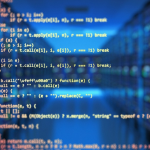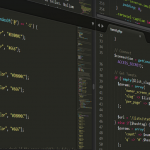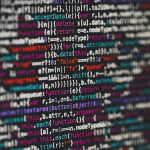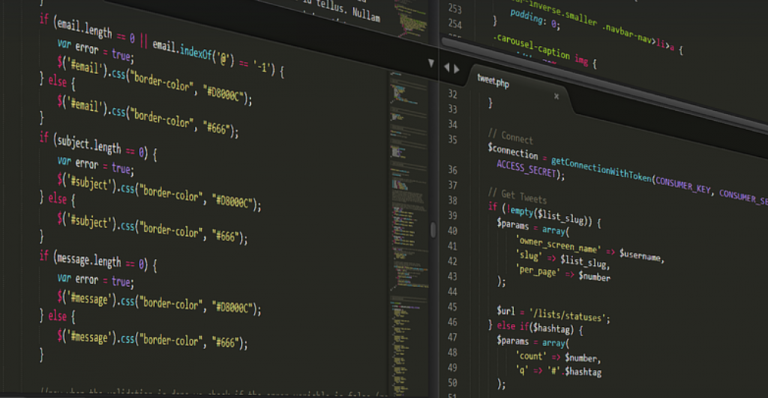A Journey Through Code’s Foundation
Programming, at its core, is about communication. We’re essentially talking to computers using a language they can understand. But just like there are multiple languages spoken by people around the world – each with its own nuances and expressions – programming languages also have their distinct dialects and ways of expressing commands. But beneath the surface of these differences lies a fascinating and essential common ground: the fundamental principles that underpin them all. Let’s delve into the heart of programming and explore what truly binds all the various languages we encounter. From the basic building blocks like data types to the logic behind programs, there are certain elements that form the bedrock of every single coding language.
First and foremost, we have **data**. Every program, no matter how intricate or specialized, starts with the basics – a set of information to be manipulated and processed. Think of it like words in a sentence. You need them to tell your computer what you want it to do. These fundamental units get organized into different categories: integers for whole numbers, decimals for fractions, characters like letters and symbols for text, and booleans that can be either true or false – all vital components of any programming language.
Next comes **memory**. Just like your brain stores information to access it later, computers need a place to store the data they’re working with. This is called memory. It’s where instructions are stored and variables are defined. The way this works varies depending on the language; some languages might allow us to directly manipulate this memory, while others rely on dedicated components for managing data flow.
Then there’s **structure**. Even though we use them differently in various languages – a simple “for loop” to iterate over a list of numbers or “if-else statements” to make decisions – programming languages rely on structuring the code and organizing it into logical units. These structures form the backbone of the language, allowing programmers to create complex programs by breaking them down into manageable parts.
Finally, we have **execution**. After a program is written in a specific language, how the computer decides to execute it is crucial. Some languages might use an interpreter that reads each line literally and executes it one by one. Other languages utilize compilers which translate the code into machine-readable instructions before execution. The result? A command-line interface for user interaction, or even more sophisticated interfaces like graphical user interfaces (GUI) – all built upon a fundamental set of principles.
The Common Threads in Programming Languages
But beyond these essential components, what truly binds together all programming languages is a common thread: the **ability to solve problems**. This is the core essence of programming. Whether you’re asking your computer to sort data alphabetically or create a visually appealing website, whether you’re building a complex algorithm for a game or analyzing financial data – the underlying goal remains constant.
Programming languages are just tools that empower us to express our problem-solving skills in a language computers can understand. They provide the frameworks and syntax to translate our intentions into executable instructions. While they may look different from one another, the fundamental ability to solve problems – whether it’s organizing data, manipulating information, or creating something new – remains at the heart of all programming languages.
The beauty of this common thread is that even when we switch between languages, we utilize similar concepts and principles. For instance, while Python might use indentation to structure its code, JavaScript utilizes curly braces, both achieving the same outcome – expressing a set of instructions in a clear and logical way.
This interconnectedness highlights how the core challenges of programming remain constant: managing data, structuring code, and ultimately solving problems. These fundamental principles, despite their variations across languages, form the bedrock of every language we use.











